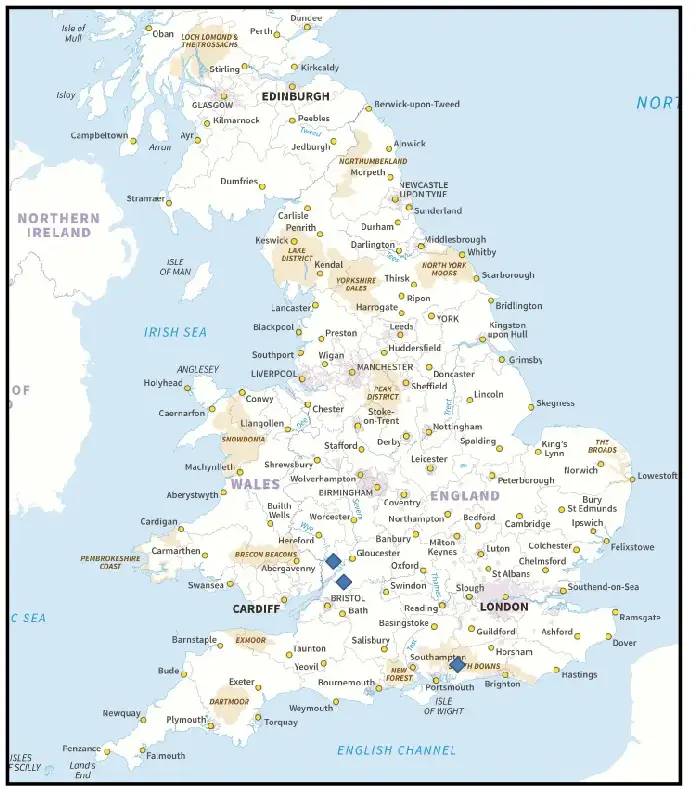The Puberulum group of white truffles are difficult to tell apart. Six are known from Britain. They have similar macroscopic and microscopic characteristics, and it is not always possible to tell one species from another.
Whitish Truffle (Tuber borchii)
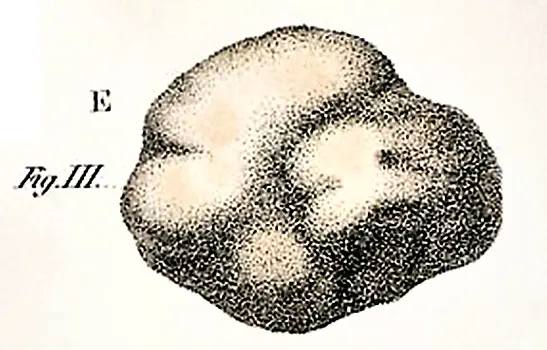
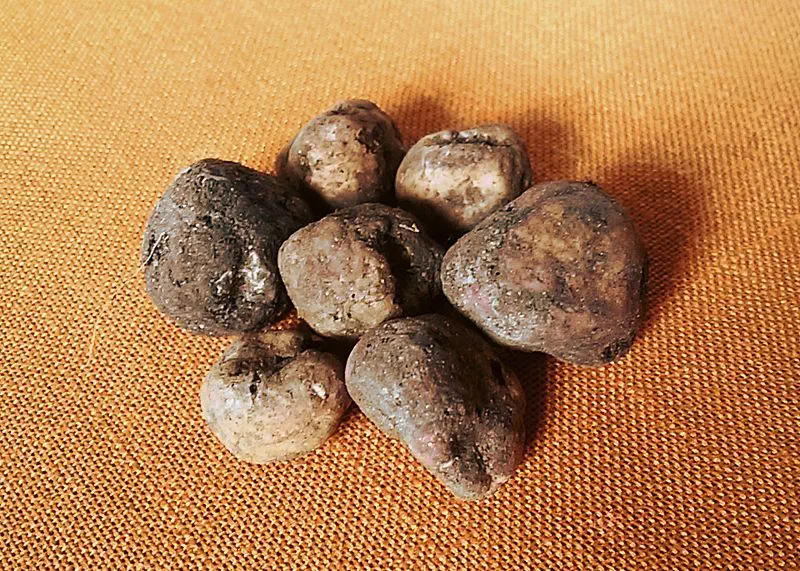
Tuber borchii, known as the whitish, spring white or bianchetto truffle, is a common species of edible truffle. It is a sought-after edible species with an appearance and flavour similar to its famous and expensive cousin The Italian White (Tuber magnatum pico). The latter does NOT grow in this country. The Whitish truffle is often referred to as ‘the white truffle of the poor’. If you are not an expert, when buying them in markets, you can easily mistake this truffle with the latter. It has a less intense aroma and is usually smaller with a reddish gleba and more dense veins than the white truffle. They have a superficial resemblance to other British members of this Puberulum group.
Whitish truffles (T. borchii) are cultivated in a number of countries as it can be productive after as few as 4 years, is adaptable, and is very competitive with other fungi.
| Common Name: | Whitish truffle (Bianchetto truffle / spring white truffle). |
|---|---|
| Scientific Name | Tuber borchii Vittad. |
| Etymology: | Named after De Borch, who first recognised the species. |
| Detailed information: | Trufamania |
| Peridium: | Smooth / velvety. Light in colour when young, darkening to reddish ochre with brown markings. |
| Gleba: | Initially light, light ochre or pinkish brown with age. White, twisting branched veins. |
| Aroma: | Cheese / garlic / hazelnuts when young. Gaseous when older. |
| Shape: | Rounded but can often be irregular. |
| Size: | The average size is from 1–3 cm across. |
| Ripening period: | Mid-January to the end of April. |
| Distribution: | Tuber borchii appears to be scarce in the British Isles, where it is known mainly from south west England. It grows in calcareous soils, with most finds with beech. In Europe, Whitish truffles often grow with oak, and less frequently conifers. |
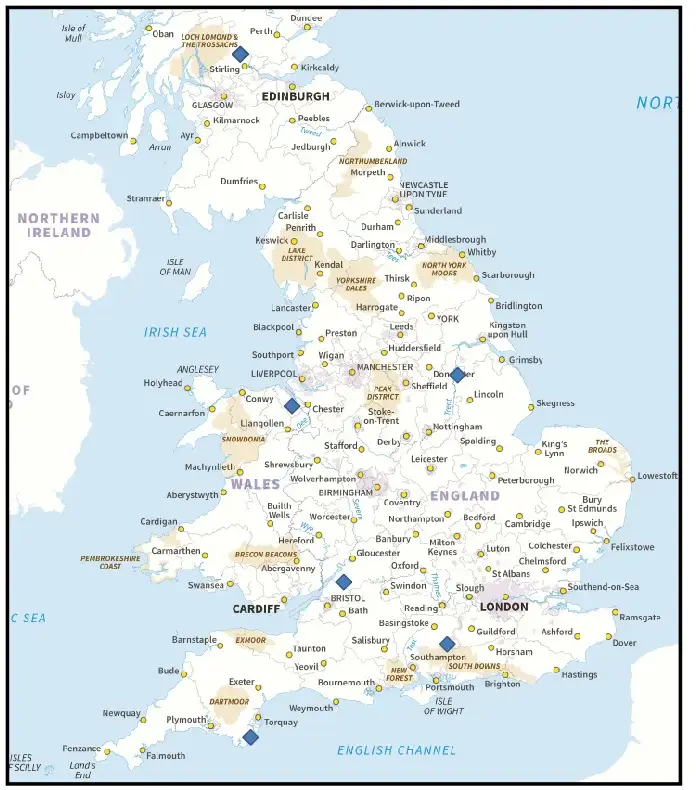
Spotted Truffle (Tuber maculatum)
| Common Name: | Spotted truffle. |
|---|---|
| Scientific Name | Tuber maculatum Vittad. |
| Etymology: | From Latin maculatus, spotted or blotched. |
| Aroma: | Likened to disinfectant! |
| Ripening period: | Late Autumn. |
| Distribution: | Widely distributed in Britain though appears to be uncommon. Specimens are reported from under both deciduous and coniferous trees. In Europe they are sometimes common and are found under a number of deciduous trees, |
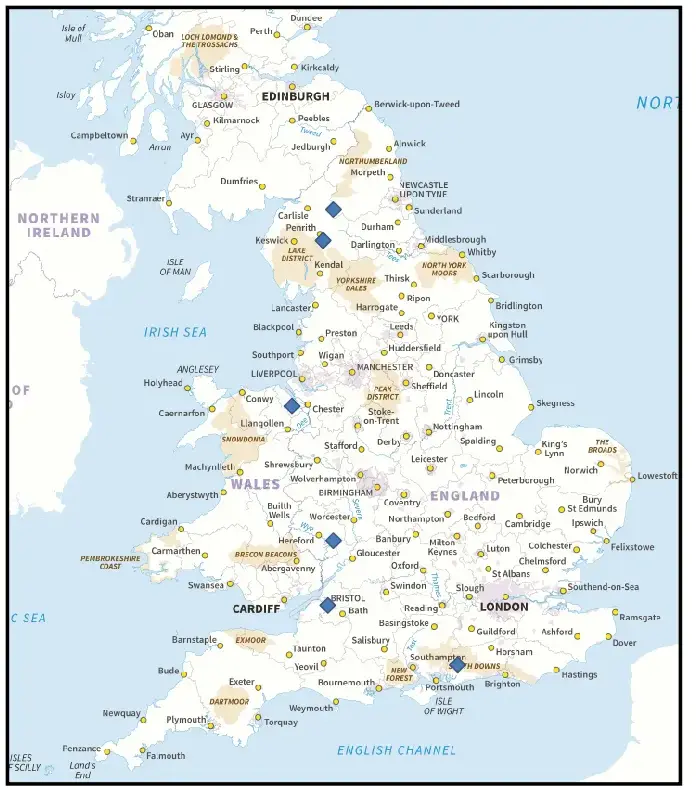
Downy Truffle (Tuber puberulum)
| Common Name: | Downy truffle. |
|---|---|
| Scientific Name | Tuber puberulum Berk. & Broome. |
| Etymology: | From Latin puberulus, downy, with soft, short hairs. |
| Detailed information: | Trufamania |
| Peridium: | Entirely puberulent (covered with very fine down) when young, less so as they age. White becoming yellowish-brown or reddish-brown. |
| Gleba: | Whitish, then light brown to pink. White, branching veins. |
| Aroma: | Faint. |
| Shape: | Often much lobed. |
| Size: | Hazelnut sized. |
| Ripening period: | August to November. |
| Distribution: | One of the commonest British truffles with a wide distribution in southern England but also found in Scotland and Ireland. Most records are from under beech, but some from other deciduous trees or conifers usually in calcareous soil. They are not found in acid soils and prefer wet years. |
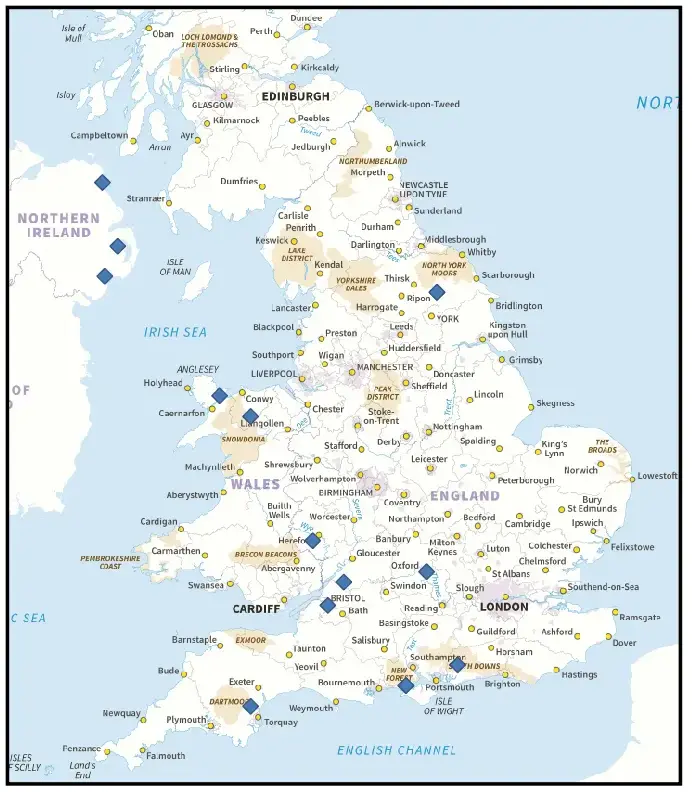
Radish Truffle (Tuber rapaedorum)
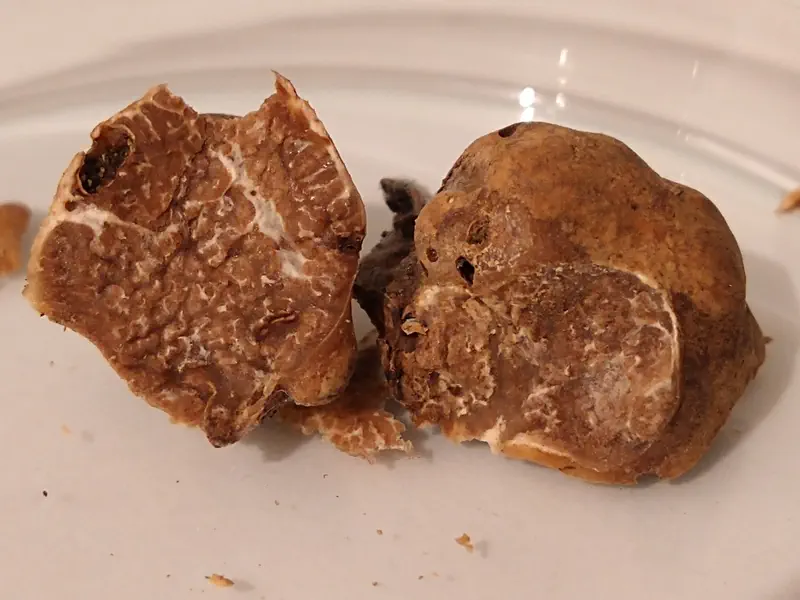
| Common Name: | |
|---|---|
| Scientific Name | Tuber rapaedorum Tul. & C. Tul. |
| Etymology: | From Latin rapa, a turnip, and odorous, having a smell. |
| Aroma: | Some claim mature examples smell radish-like. Though Prof. Hawker says “the smell of radishes is almost certainly due to bacterial attack and of no value as a diagnostic character”. |
| Ripening period: | Late summer and autumn period. |
| Distribution: | British records are almost exclusively from south west England. It appears to be frequent, usually found under larch on calcareous or sandy soils. Widely reported from Europe. |
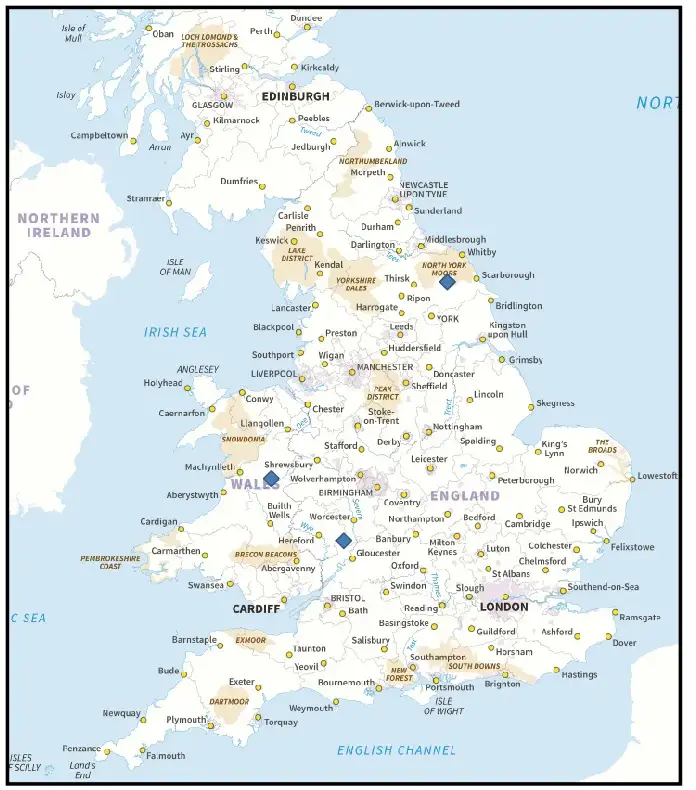
Wood Truffle (Tuber dryophilum)
This species bears a superficial resemblance to T. excavatum and T. borchii but differs from the former in the absence of a basal cavity, the smooth peridium, the veins and several spore details.
| Common Name: | Wood truffle |
|---|---|
| Scientific Name: | Tuber dryophilium Tul. & C. Tul. |
| Etymology: | From Greek dryos, a tree, and philos, loving. |
| Ripening period: | Late summer or autumn. |
| Distribution: | Known from south west England, North Yorkshire and Scotland. Usually found under oak or beech on calcareous soil. |
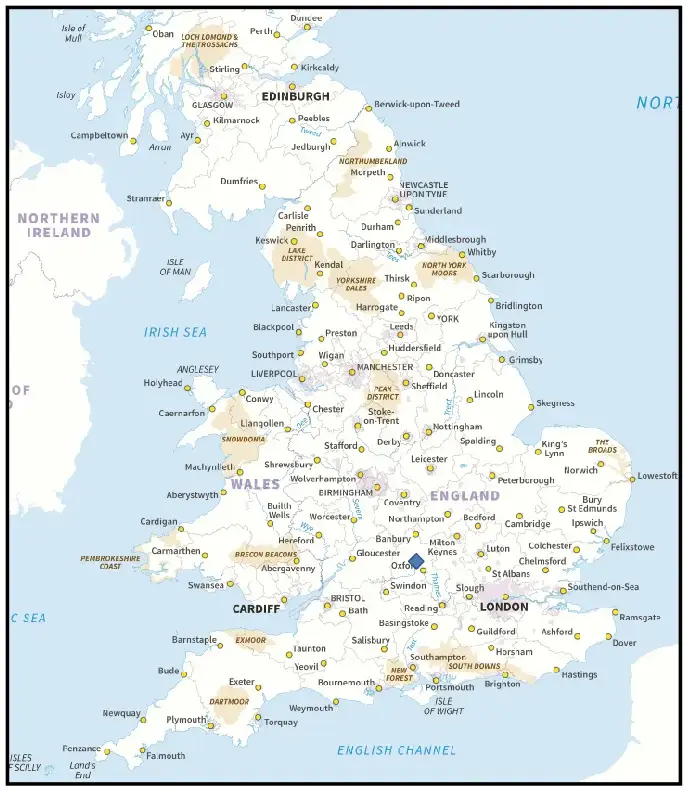
Stinking Truffle (Tuber foetidum)

Tuber foetidum is characterised by its foetid (extremely unpleasant) odour, and tiny brownish surface bumps. Molecular analysis indicates that it is closely related to T. maculatum. Past British records may have been confused with T. rufum or T. borchii.
| Common Name: | Stinking truffle |
|---|---|
| Scientific Name | Tuber foetidum Tul. & C. Tul. |
| Etymology: | From Latin foetidus, stinking. |
| Aroma: | Extremely unpleasant. |
| Ripening period: | Mature by late autumn. |
| Distribution: | Rare but not fully understood due to confusion with similar species. In south west England found under larch but in Europe with oak and beech. |
